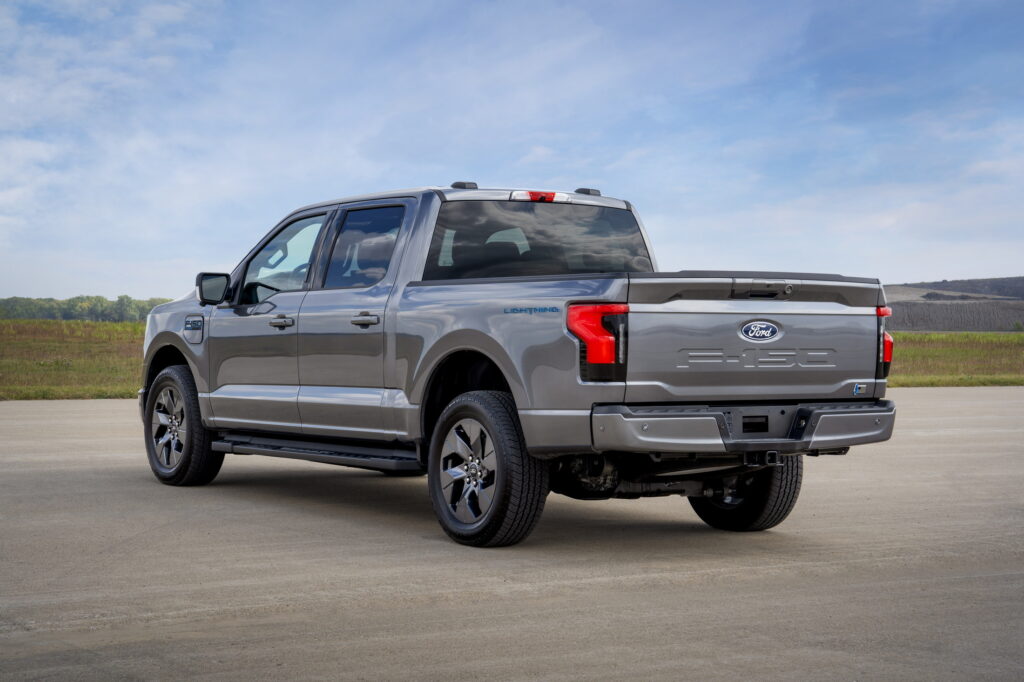First 2026 Model Y Performance Reviews Are In And They’re Divided

- Model Y Performance packs 460bhp, 0-62 mph in 3.5s, and adaptive suspension.
- Top Gear calls it stable and refined, but says Long Range AWD offers better value.
- Priced £10,000 higher in the UK, yet real-world benefits remain fairly marginal.
It’s official. The new Tesla Model Y Performance is rolling out across most global markets, including the US where it comes in at $57,490, as well as Europe. Buyers get more power, more speed, updated styling, and subtle chassis tweaks.
In Britain, the starting figure is £61,925 (around $75,500), which makes it roughly £10,000 more than the Long Range AWD. In the US, the gap is a little narrower at $8,500. Even so, Top Gear argues that the premium is enough for buyers to think twice before ticking the Performance box.
More: New Tesla Model Y Performance Turns Supercar Thrills Into A Bargain Family Affair
Tom Ford from the famous British auto journal drove the updated Performance variant and found that while it delivers excellent performance, the upgrades don’t make it a must-have. The SUV is unquestionably quicker and sharper, but Ford noted that the standard Long Range already accelerates in under five seconds, offers slightly more range, and costs £10,000 less in the UK.
What extras buy you
The Performance gets a handful of changes to justify that price hike, including staggered Arachnid 2.0 21-inch wheels, red-painted calipers, revised bumpers, and a carbon spoiler. Tesla claims it’s cut drag by 10 percent and lift by 64 percent compared to the original Model Y Performance. It also gets a larger 16-inch infotainment system, carbon interior trim, and sport seats with extra bolstering.
Under the skin, it has a lot going for it on paper. The suspension features reinforced parts, stiffer bushings, and adaptive bits as well. It’s good enough that Ford says it’s “class-leading.” Despite that, the sum of its parts doesn’t end up being good enough for an all-out recommendation. “It’s not night and day better than the standard vehicle,” he says.
Everyday reality check
Drilling down further, he gets into the nitty-gritty of the situation for real, everyday buyers. This is, after all, a relatively (if not slightly pricey) mainstream crossover. It’s not a Model X or another flagship of sorts.
As he put it, “A Y is a family SUV, so more go isn’t needed – the fast stuff makes more sense in, say, a Model 3. And then there’s the fact that the standard all-wheel drive long-range car is still sub-five to 62mph, has a smidge more range, doesn’t look much different, and costs a straight £10k less.”
At this point, it sounds like the Model Y Performance is indeed an upgrade over the Long Range in terms of driving engagement. At the same time, it’s not a leap-and-bound sort of improvement.
Could Tesla have done more?
That’s a bit curious considering a few small things, like perhaps simulated gear shifts and some fun faux exhaust or rev noises might have amped up the fun like Hyundai does with the (a lot) more expensive Ioniq 5 N. We’ll have to wait to test one stateside to make our own determination. Until then, what do you think of the latest high-spec Model Y?






































